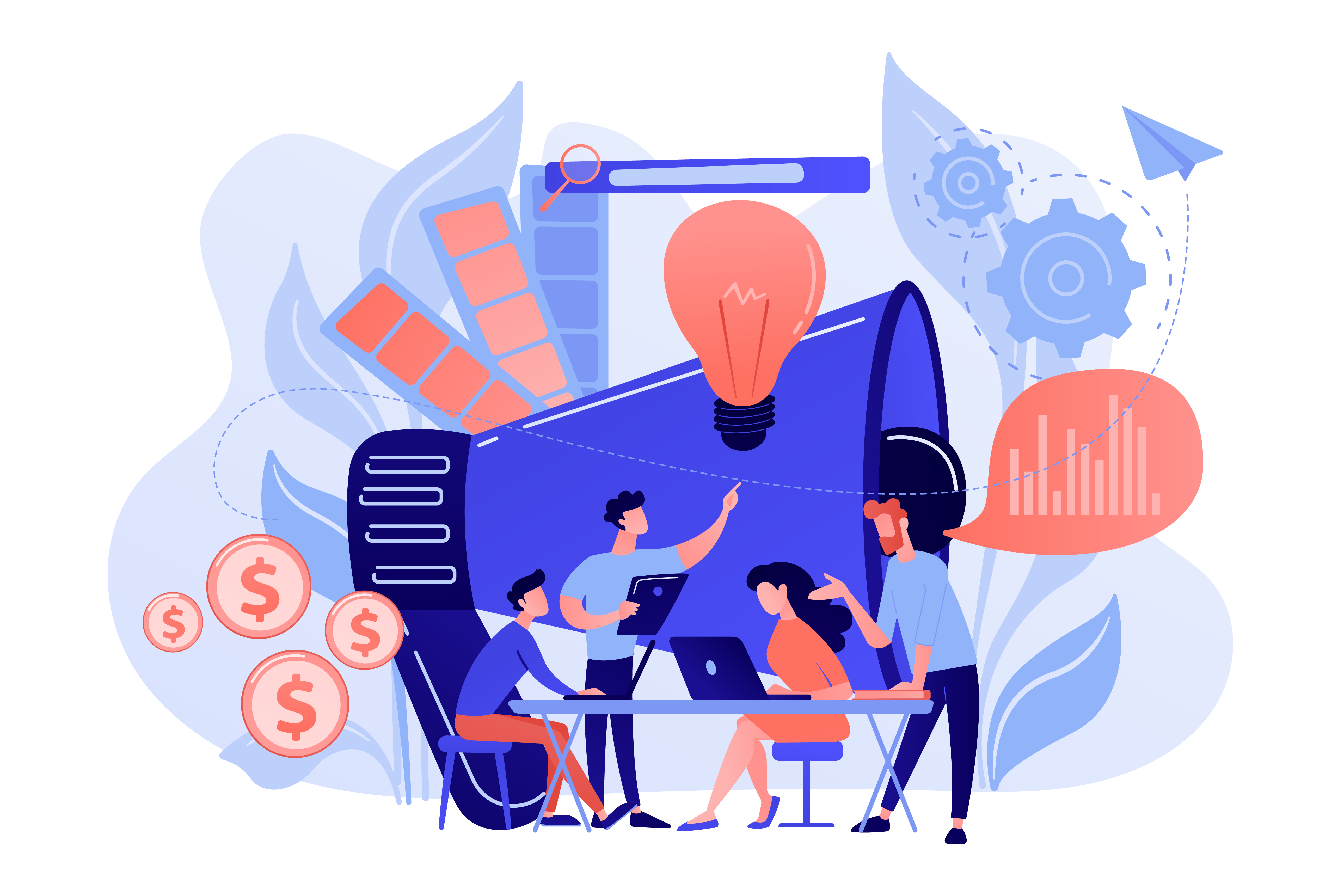Custom Website Development Company In Noida
Web development is the coding or programming that enables website functionality, per the owner's requirements. It mainly deals with the non-design aspect of building websites, which includes coding and writing markup. Web development ranges from creating plain text pages to complex web-based applications, social network applications and electronic business applications.
Features of Custom Website Development
Full responsive website
Responsive Web Design is about using HTML and CSS to automatically resize, hide, shrink, a website, to make it look good on all devices.
Search engine optimized
Search engine optimization is the process of growing the quality and quantity of website traffic by increasing the visibility of a website to users.
Quick loading times
Our website loading time is very less. we aim for under a half-second.” Fast matters, especially when it comes to customer service.
Built for Conversion
A site built for conversion established trust, authority, and credibility. Be creative and post a variety of content.
Robust Security
Robustness can encompass many areas of computer science, such as robust programming, robust machine learning, and Robust Security Network.
Mobile Friendliness
A mobile friendly website is essentially when your regular website shrinks down to be small enough to display on a mobile device.

Personal Website
Personal web pages are world wide web pages created by an individual to contain content of a personal nature rather than content pertaining to a company, organization or institution. Personal web pages are primarily used for informative or entertainment purposes but can also be used for personal career marketing (by containing a list of the individual's skills, experience and a CV), social networking with other people with shared interests, or as a space for personal expression.
These terms do not usually refer to just a single "page" or HTML file, but to a collection of webpages and related files under a common URL or Web address.
E-commerce website
An e-commerce website, by definition, is a website that allows you to buy and sell tangible goods, digital products or services online. Trade, be it barter exchange or buying and selling of goods and services has been prevalent for centuries. No one can be self-sufficient. And this brings out the need for demand and supply of goods and services. Transactions have been going on all over the world for centuries, locally, and across locations.
We create your site the way you want it, depending on the products you’re selling.If you are a beginner, then We give the most suitable eCommerce platform for you.

Portfolio Website
At its most basic form, a portfolio website provides professional information about an individual or a company and presents a showcase of their work.
In the portfolio websites We’ll talk about, you’ll see the same primary purpose: To display compelling content and to provide basic information in a way that leads to getting more clients.
This can be executed in a wide range of ways — slideshows, thumbnail galleries, video presentations, etc.
Landing Pages
In digital marketing, a landing page is a standalone web page, created specifically for a marketing or advertising campaign. It’s where a visitor “lands” after they click on a link in an email, or ads from Google, Bing, YouTube, Facebook, Instagram, Twitter, or similar places on the web.
Unlike web pages, which typically have many goals and encourage exploration, landing pages are designed with a single focus or goal, known as a call to action (or CTA, for short).

Portal
A portal is a web-based platform that collects information from different sources into a single user interface and presents users with the most relevant information for their context. Over time, simple web portals have evolved into portal platforms that support digital customer experience initiatives.
A web portal is a specially designed website that brings information from diverse sources, like emails, online forums and search engines, together in a uniform way. Usually, each information source gets its dedicated area on the page for displaying information (a portlet); often, the user can configure which ones to display.
 +91-7303468125
+91-7303468125
 +16468591276
+16468591276